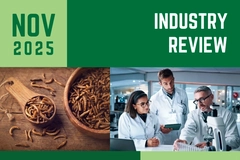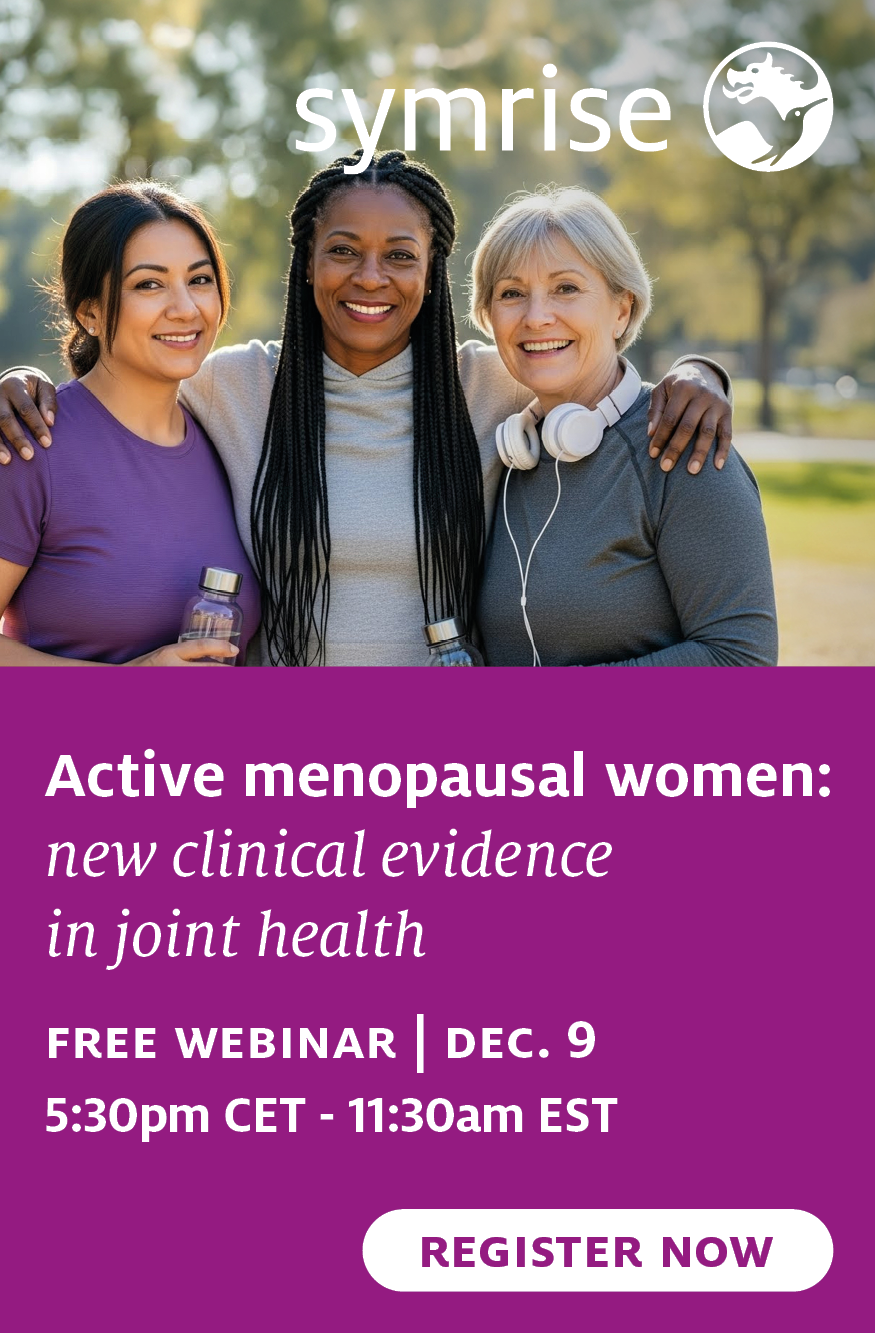FrieslandCampina Ingredients forsees consumer-driven AI, protein and gut health trends in 2025

FrieslandCampina Ingredients predicts that 2025 will be a year of nutrition, with consumers putting their health first despite economic challenges. From AI-driven personalized plans to rising protein demand and gut health innovations, people’s wellness choices are refocusing on transparency and tailored solutions.
Nutrition Insight speaks to Vicky Davies, global marketing director of Performance, Active and Medical Nutrition at FrieslandCampina Ingredients, to learn more.
“Our 2025 nutrition trends have one thing in common: they’re all about consumers taking control of their well-being. This is the biggest difference we will see this year — people are no longer just taking nutritional information at face value; they’re challenging it and rethinking how they can make better choices. Part of this concerns the growing role of technology like AI.”

“Although tools like ChatGPT have been around for a while, this year we’ll see its use take off among health-conscious consumers as it increasingly becomes a tool they use to explore tailored diet and exercise plans, create shopping lists and conduct research,” continues Davies.
She says that even though the cost-of-living crisis is not going away, many people still prioritize their health in 2025. “Consumers are increasingly searching online for the science and ingredients behind their favorite products. They’re asking themselves, is it worth the money? How sustainable is this option? Does this work? We’re in a new era of consumers being leaders in their health.”
Passion for protein
People are focusing more on protein now than a few years ago, and Davies notes that weight management solutions, like GLP-1, are causing a ripple effect across the nutrition industry.
Vicky Davies, global marketing director of Performance, Active and Medical Nutrition at FrieslandCampina Ingredients.“Its recent rise to prominence has put additional focus on how consumers can healthily manage their weight — naturally or with medication support,” she stresses. “As a result, we’re seeing a seismic shift in protein consumption patterns, with more people understanding the importance of high-protein diets in improving satiety, managing weight and supporting their overall well-being.”
“The trend for high protein is nothing new, but how it’s consumed is new. Although protein powders and bars will remain popular, consumers increasingly seek protein in every meal, snack and drink. The more novel the format, the better! Protein-fortified coffee, anyone?”
The industry is looking at alternatives to the medication. For instance, a new literature review found that chicory root fiber intake promotes a “significant reduction” in body weight, body mass index, fat mass, waist circumference and, to a certain extent, body fat percentage.
Another paper suggests that vaccination with Mycobacterium vaccae bacteria in mice with fat and a high-sugar diet prevented excessive weight gain and reduced the amount of fat that builds up around organs.
ADM recently capitalized on the weight-loss trend, launching a platform offering scientific and market analysis alongside consumer insights.
Evergreen yogurt
According to Davies, yogurt has long been a popular dessert or snack choice for health-conscious consumers seeking nutritious treats.
 Weight management solutions, like GLP-1, are causing a ripple effect across the nutrition industry.“Familiar and trusted products, like yogurt, are rising in popularity in uncertain climates, as people recognize the importance of getting the core essentials right and going back to basics. But this year, there’s a twist,” she notes.
Weight management solutions, like GLP-1, are causing a ripple effect across the nutrition industry.“Familiar and trusted products, like yogurt, are rising in popularity in uncertain climates, as people recognize the importance of getting the core essentials right and going back to basics. But this year, there’s a twist,” she notes.
While probiotics have long been the hallmark of functional yogurt products, she adds that formulators are taking yogurt’s well-known benefits “to the next level” by adding prebiotics for enhanced gut health positionings.
“This move helps to appeal to an even wider audience — particularly younger generations who are often inspired by health influencers such as Nadya Okamoto openly discussing challenges related to Irritable bowel syndrome. With more openness toward gut health issues, there’s plenty of room for innovation in the yogurt category to bring something fresh and exciting to the table.”
Demographic differences
Healthy aging and nutritional needs differ between younger people and older people. Davies explains how the industry is adjusting to these demographics. AI use for tailored diets, exercise plans, shopping lists and research will increase.“The one-size-fits-all approach to healthy aging is over. Living well for longer has become a goal for consumers of every age — not just older people. But staying healthy means different things to different generations. Younger generations, like Gen Z, are coming of age and rethinking their lifestyle choices — becoming more mindful of how the nutritional decisions they make today might affect their health tomorrow — and into the future.”
AI use for tailored diets, exercise plans, shopping lists and research will increase.“The one-size-fits-all approach to healthy aging is over. Living well for longer has become a goal for consumers of every age — not just older people. But staying healthy means different things to different generations. Younger generations, like Gen Z, are coming of age and rethinking their lifestyle choices — becoming more mindful of how the nutritional decisions they make today might affect their health tomorrow — and into the future.”
“Preserving appearance and maintaining physical vitality is often their priority, emphasizing skin care, fitness and nutrition. Meanwhile, older generations, like Gen X and Baby Boomers, want to keep their minds sharp and preserve mental acuity as they age. These market changes are having a knock-on effect across the nutrition industry, with a growing number of innovations developed to cater to specific health needs.”
She emphasizes that more positionings for specific demographics should be expected to help customers of all ages make the most of life.
Clearing consumer confusion
With so much health data available, Davies says brands can improve the clarity and simplicity of their label messaging to help people pick the right supplements without confusing them.
“Wearable tech like smart watches means consumers are bombarded with more health data than ever. At the same time, they’re getting mixed messages from social media, podcasts and online, and are confronted with a sea of supplements on the shelves. Which products work — and which ones don’t? Having so much information at our fingertips raises questions about trust and makes transparency even more important.”
“Having simple, easy-to-read labels is key, making it quick for consumers to determine a product’s associated health benefits and whether it is targeted specifically for their needs. For example, women’s health is a huge area of innovation, as much research is conducted on gender-specific issues like menopause. But there’s still more to be done here to create and effectively bring efficacious and well-researched products for women to market.”
She suggests companies can help consumers understand which supplements to take and when by using clear product positioning.
In other market analysis, Nutiani recently revealed rising 2025 trends backed by global consumer data and Fonterra’s five macro trends. Key highlights of its analysis include rising demand for high-protein, low-calorie foods for GLP-1 users, AI tools enabling hyper-personalized diets and sustainable, natural products.














